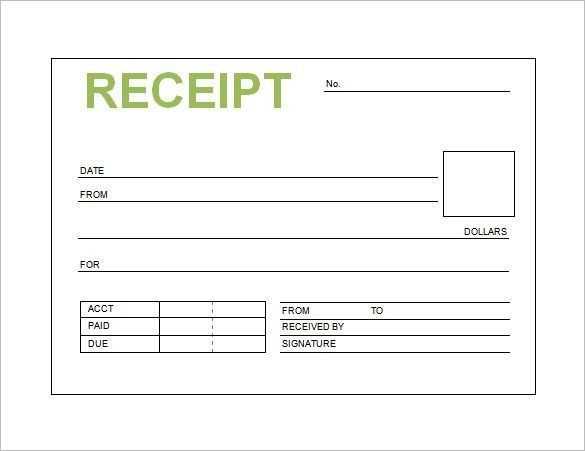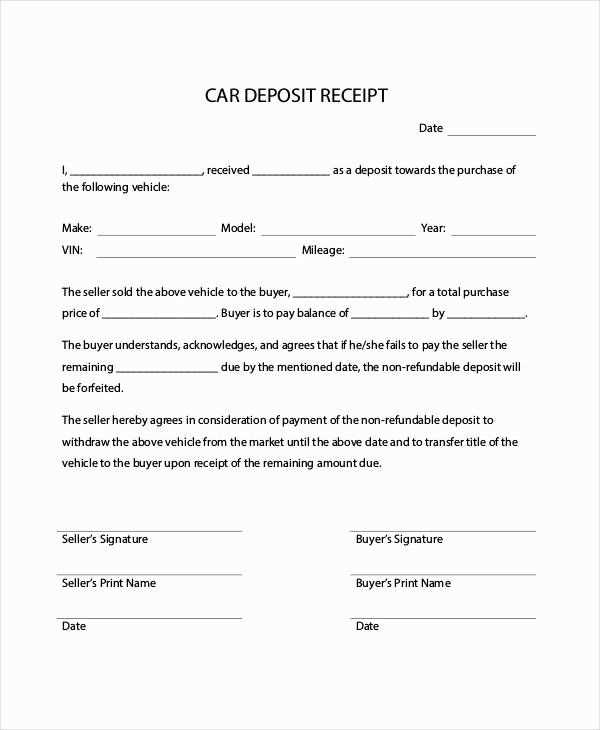
To ensure a smooth transaction in a private car sale, it’s critical to have a proper deposit receipt. This document serves as proof that a buyer has made a deposit towards purchasing a vehicle, offering security for both parties involved. The deposit receipt should clearly outline the terms agreed upon, including the amount, date, and any relevant conditions.
First, include the full names and contact details of both the buyer and seller. This ensures that both parties can be reached easily if any issues arise after the sale. Next, make sure the vehicle details are accurate, including the make, model, year, and VIN. These specifics are essential for identifying the car in question.
Clearly state the deposit amount and any conditions tied to it, such as whether the deposit is refundable or non-refundable. For example, if the deal falls through, specify if the deposit will be returned to the buyer or kept by the seller. Finally, include a clause that outlines the remaining balance, payment methods, and due dates to finalize the sale.
This simple yet crucial document protects both the buyer’s and seller’s interests. By using a clear, well-structured template, both parties can feel confident in the terms of their agreement. Always keep a signed copy for your records, and if needed, consult a professional to ensure the document is legally binding.
Private Car Sale Deposit Receipt Template in Australia
When selling a car privately in Australia, it’s crucial to provide a deposit receipt to the buyer. This ensures transparency and establishes a clear agreement regarding the deposit amount and conditions for the sale. A well-structured receipt will protect both parties involved. Below is a template to follow:
Key Elements of the Receipt
The receipt should include the following details:
- Date of the transaction: Specify the exact date the deposit was received.
- Buyer’s and seller’s details: Full names, addresses, and contact numbers of both parties.
- Deposit amount: Clearly state the amount of money received as a deposit.
- Car details: Include the vehicle’s make, model, year, VIN (Vehicle Identification Number), and registration number.
- Sale price: List the agreed-upon total sale price of the car.
- Deposit terms: Include any conditions tied to the deposit, such as whether it is refundable or non-refundable, and the circumstances under which it may be forfeited.
- Signature lines: Both parties should sign to confirm the receipt.
Template Example
Below is a simple template that can be used for creating a deposit receipt:
Private Car Sale Deposit ReceiptDate: [Insert Date]Seller’s Name: [Insert Seller’s Name]Seller’s Address: [Insert Seller’s Address]Seller’s Phone Number: [Insert Seller’s Phone Number]Buyer’s Name: [Insert Buyer’s Name]Buyer’s Address: [Insert Buyer’s Address]Buyer’s Phone Number: [Insert Buyer’s Phone Number]Car Details:Make: [Insert Car Make]Model: [Insert Car Model]Year: [Insert Year]VIN: [Insert Vehicle Identification Number]Registration Number: [Insert Registration Number]Sale Price: $[Insert Sale Price]Deposit Amount Received: $[Insert Deposit Amount]Deposit Conditions: [Insert whether deposit is refundable, and any other specific terms]Signature of Seller: ___________________Signature of Buyer: ___________________
Use this template to formalize the transaction and ensure that both parties have a written record of the deposit agreement. Keep a copy of the receipt for your records and hand a signed copy to the buyer for their reference.
What to Include in a Deposit Receipt
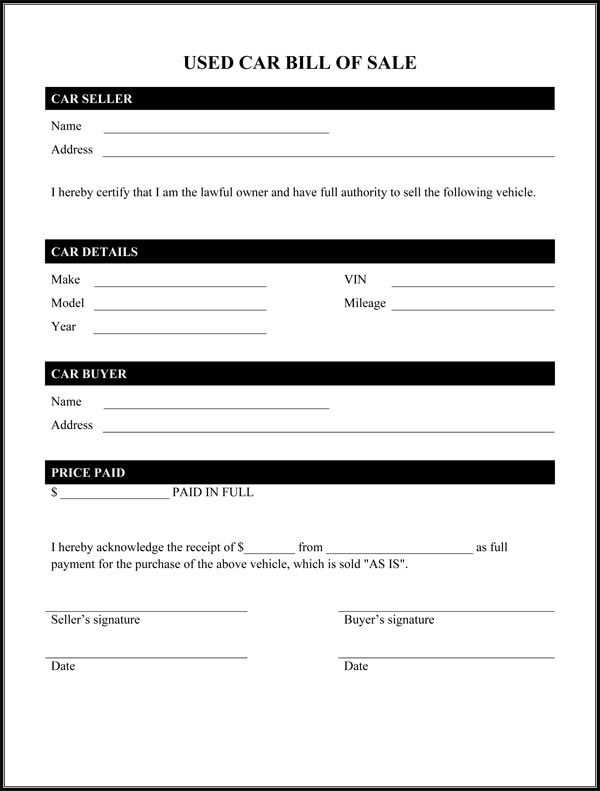
A deposit receipt for a private car sale should include clear and precise information to protect both the buyer and the seller. Here’s what to include:
- Buyer and Seller Information – Full names, addresses, and contact details of both parties.
- Vehicle Details – Make, model, year, registration number, and VIN (Vehicle Identification Number).
- Deposit Amount – Clearly state the deposit amount paid, including the currency.
- Date of Payment – Specify the exact date the deposit was made.
- Payment Method – Include details on how the deposit was paid (e.g., bank transfer, cash, cheque).
- Balance Due – Clearly mention the remaining amount to be paid and the due date for the full payment.
- Conditions of the Sale – Note any specific terms related to the sale, such as return policies or contingencies on the deposit.
- Signatures – Both the buyer and seller should sign the receipt, confirming the terms and the agreement.
Ensure that both parties have a copy of the receipt. This helps avoid any misunderstandings or disputes in the future.
How to Format the Receipt for Legal Clarity

Begin with a clear heading at the top of the receipt, such as “Deposit Receipt” or “Private Car Sale Deposit Confirmation.” This ensures both parties immediately recognize the purpose of the document.
Include the date of the transaction to establish a timeline of the agreement. Specify the exact amount of the deposit paid, followed by a brief description of what it is securing, such as “deposit for the purchase of [Car Model, Year, and Registration Number].” This ensures clarity about the specific transaction.
Include Parties’ Details
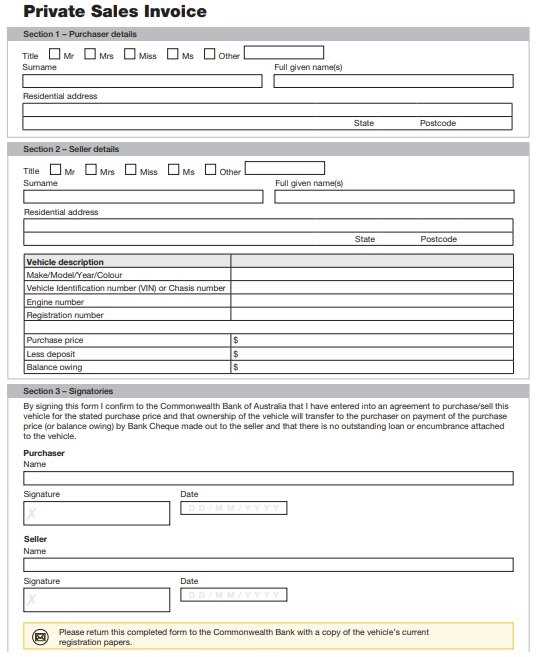
Clearly list the names, addresses, and contact information of both the buyer and the seller. These details help identify the individuals involved in the transaction and avoid any confusion later. If applicable, include a driver’s license or identification number for verification purposes.
Clarify Terms and Conditions
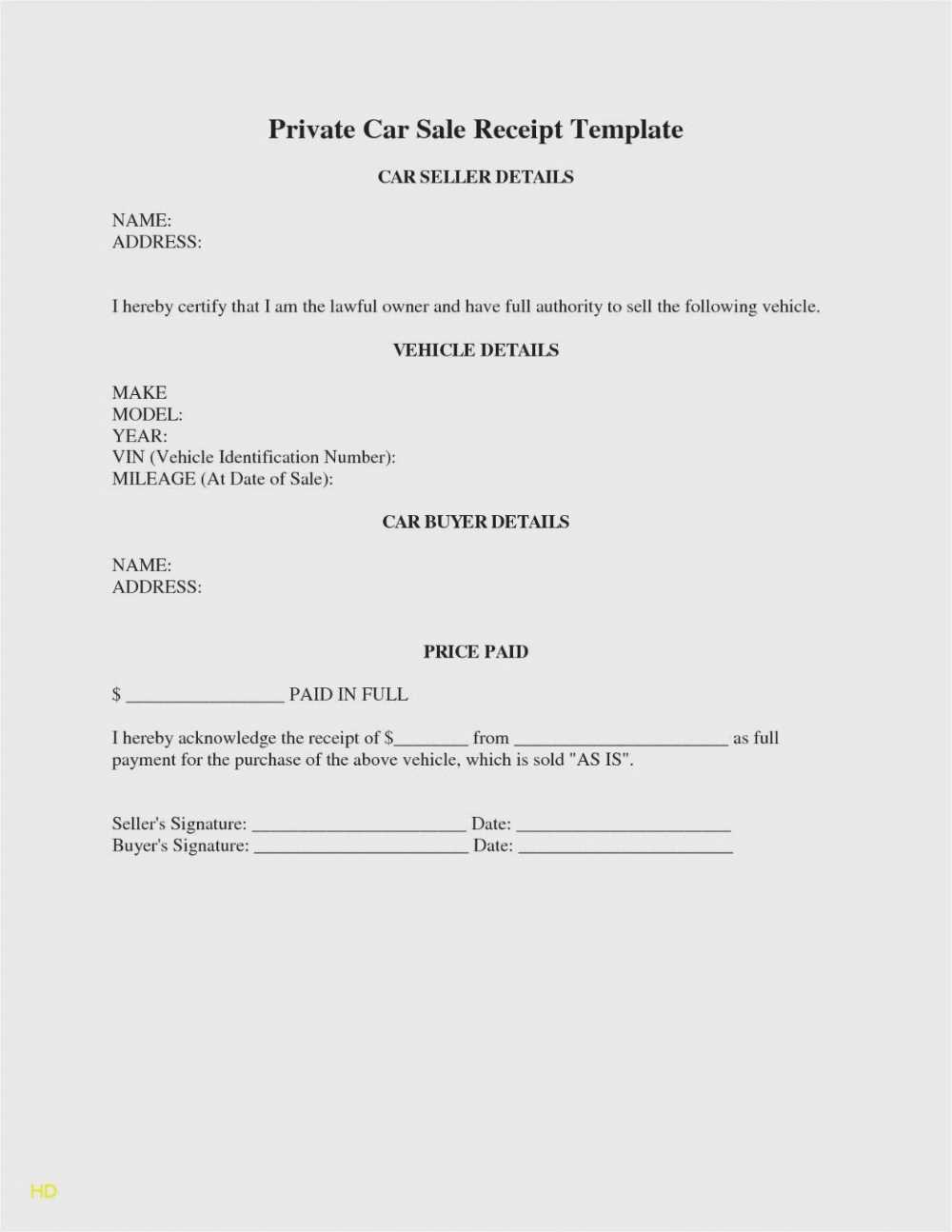
Outline the terms of the agreement briefly. Mention the full purchase price of the car, the deposit amount, and when the balance is due. Include any conditions tied to the deposit, such as whether it is refundable or non-refundable, and the consequences if the buyer or seller defaults on the agreement.
End with a space for both parties to sign, acknowledging their understanding and agreement to the terms. This adds an additional layer of security and ensures both parties are held accountable for the terms outlined in the document.
Common Pitfalls to Avoid in Car Sale Receipts
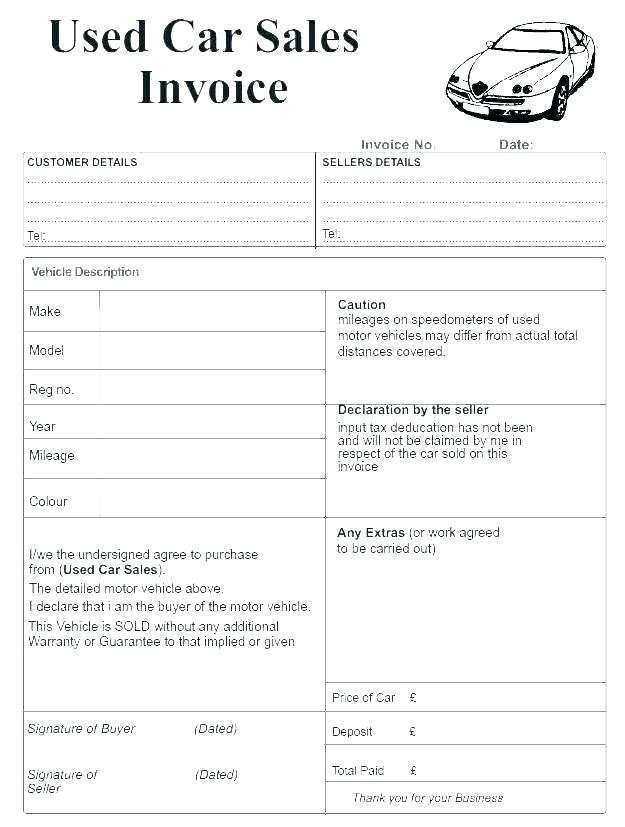
Make sure all payment details are clearly listed. The receipt should specify whether the payment is a deposit or full payment, and the exact amount paid. Ambiguous wording can lead to misunderstandings or disputes later on.
Don’t forget to include both parties’ full names and contact details. Missing information about the buyer or seller can create confusion if any issues arise post-sale. Always double-check these details before finalizing the document.
Clearly state the car’s condition, including any known issues. If you’re selling a used car, disclose its current state to avoid future claims about undisclosed problems. This helps to protect both parties and ensures the transaction is transparent.
Avoid vague descriptions of the vehicle. Include specifics such as make, model, year, VIN (Vehicle Identification Number), and odometer reading. Without these details, it’s difficult to verify the car’s identity later if needed.
Don’t forget to include the date and location of the sale. This simple information will serve as an important record of the transaction, especially if disputes occur or if proof of the sale is required later on.
Ensure that the document clearly specifies any return policies or terms regarding the deposit. If the sale is subject to certain conditions (such as a buyer’s decision within a specified period), outline these terms explicitly to avoid confusion.
